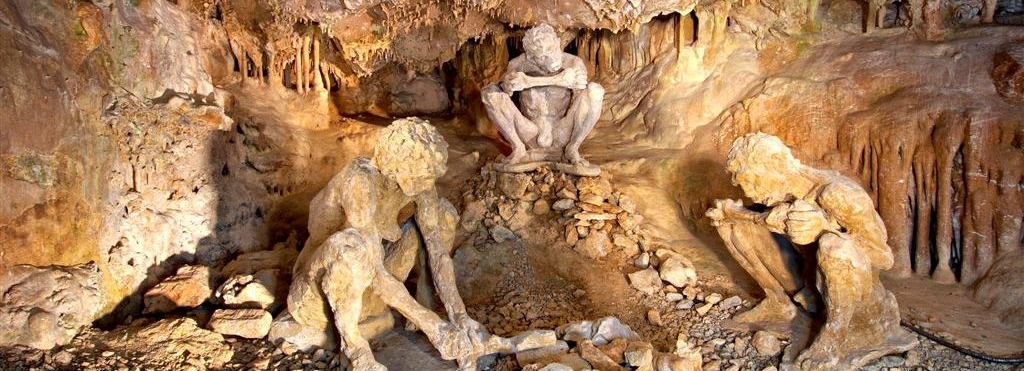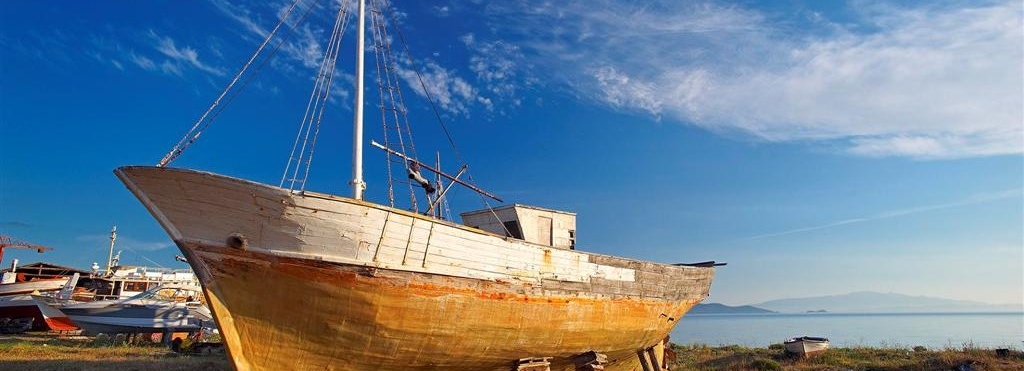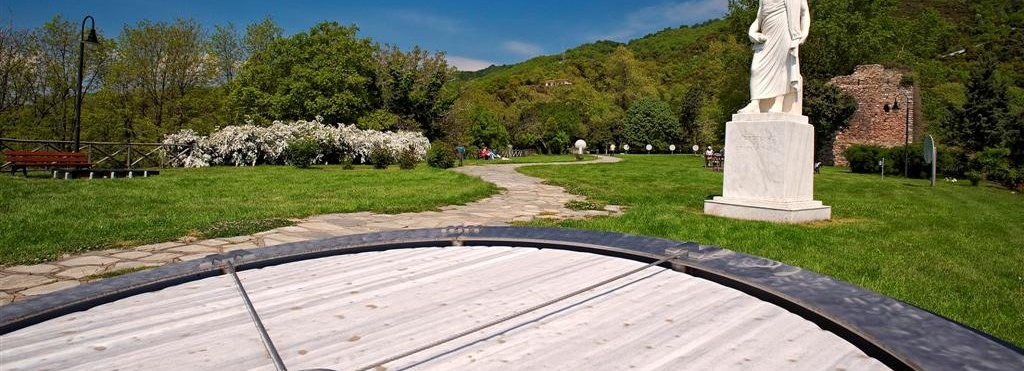SECOND MONASTERY
The establishment of the Great and Holy Monastery of Vatopedi is historically placed around 980AD. Its founders are considered to be three monks from the Monastery of Megiste Lavra who, following the orders of their Prior, St. Athanasius arrived in the picturesque area of the Mountain’s northeastern side and by joining some preexisting cells, founded the monastery. Its name is probably derived from the known tradition of the rescue of the son of Theodosius the Great, Arcadius, who scuttled near Mt. Athos and was found safe close to a brier (in Greek vatos), many of which can be found in the valley surrounding the monastery. This is the second, in hierarchical order, monastery of Athos, while in the 2nd Typikon of Athos, dating from 1046, it is already cited as second in monastery hierarchy. The monastery shall flourish greatly and will be supported by the Byzantine Dynasty of Komnenoi. However, it will later also suffer major destructions as a result of the raids by Catalan pirates as well as pogroms by the Unificationists. During the Ottoman rule the monastery will fall into decay. Under the burden of its own problems and heavy Turkish taxation, it will be forced to abandon cenobic life and adopt the idiorrhythmic organization, in parallel selling many of its estates. The monastery will flourish once more in the 18th century. With donations by Patriarchs, citizens and leaders of the regions on the banks of Danube the monastery overcame its problems and, indeed, operated, its own care and expenses, the Athonite Academy, the ecclesiastical school on Mt. Athos. The Hilandar monastery evolved from a cell adjunct to Vatopedi. At the end of the 12th century, the monastery donated the small cell of Helandari to prince of Serbia Stephan Nemanja and his son Rastko, who came to Athos to become monks under the names “Symeon” and “Sava”. The Catholicon of the monastery dates from the 10th century and is a three-cornered church with a dome. It is dedicated to the Annunciation of the Mother of God. Two sketae are subject to the monastery: the Skete of St. Demetrius, idiorrhythmic, with a very small number of huts, and the Skete of St. Andrew, which is known, on account of its size, as “Seraglio”. To the monastery belong many remarkable heirlooms and icons, the most important being its mosaics, amongst the oldest in Mt. Athos, the illustrated manuscripts and the most important treasure of the Virgin’s Holy Belt.







